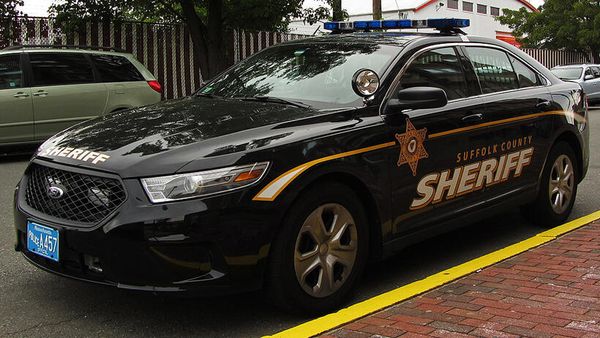The federal election has given Labor a majority in the House of Representatives, and there are still 12 seats where the result is undecided as of the time of writing.
Beyond electorates, it’s possible to get an even more detailed picture of the geographic trends by mapping results at the polling booth level.
This approach reveals some potentially surprising results, such as the high Greens vote in Halls Gap, in the electorate of Mallee – an electorate which otherwise overwhelmingly voted for the Nationals.
It also shows the spread of the independent vote, which continues to grow as the major-party vote declines, and which parts of the country swung hard for Labor. You can see the remote areas like Bamaga and Kowanyama in the Queensland electorate of Leichhardt have some of the biggest swings in the country.
To map this data we’ve taken the primary vote result and mapped it to a Voronoi diagram based on polling place locations.
This process creates a region for each polling place based on its location and the location of other polling places. You can read more about the technical details below.
The initial view is coloured by the party with the highest primary vote in that area, and you can also view the map by specific parties using the drop-down menu.
This first map shows a side-by-side view of the 2025 election results and 2022 results:
In this map, you can use the drop-down menu to see the results beyond who had the highest primary vote and show the primary vote for each party:
Notes
The maps use Voronoi regions generated from polling booth locations, which are then clipped by electorate boundaries.
Only votes that are made at a polling booth with a physical location are shown in this map, which excludes postal and phone voting. We’re also excluding pre-poll voting centres as these often overlap with election-day voting booths.







